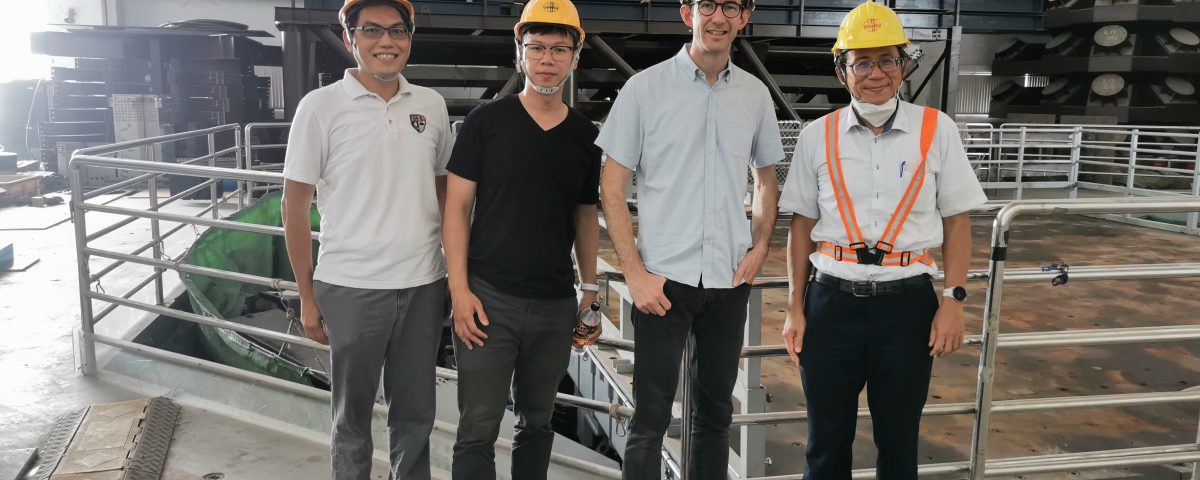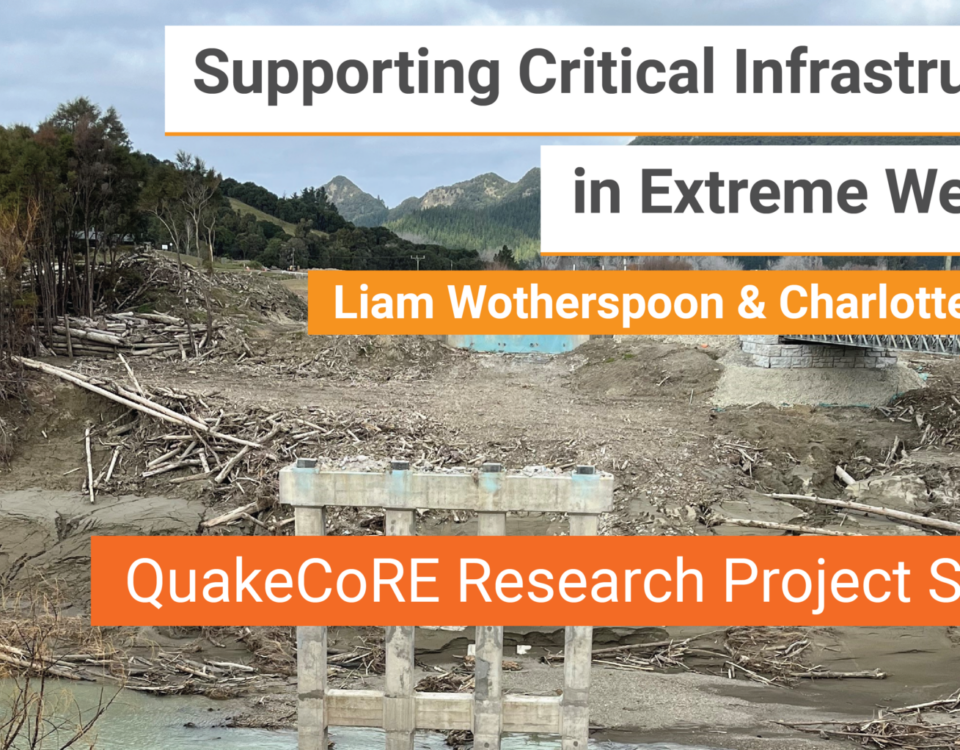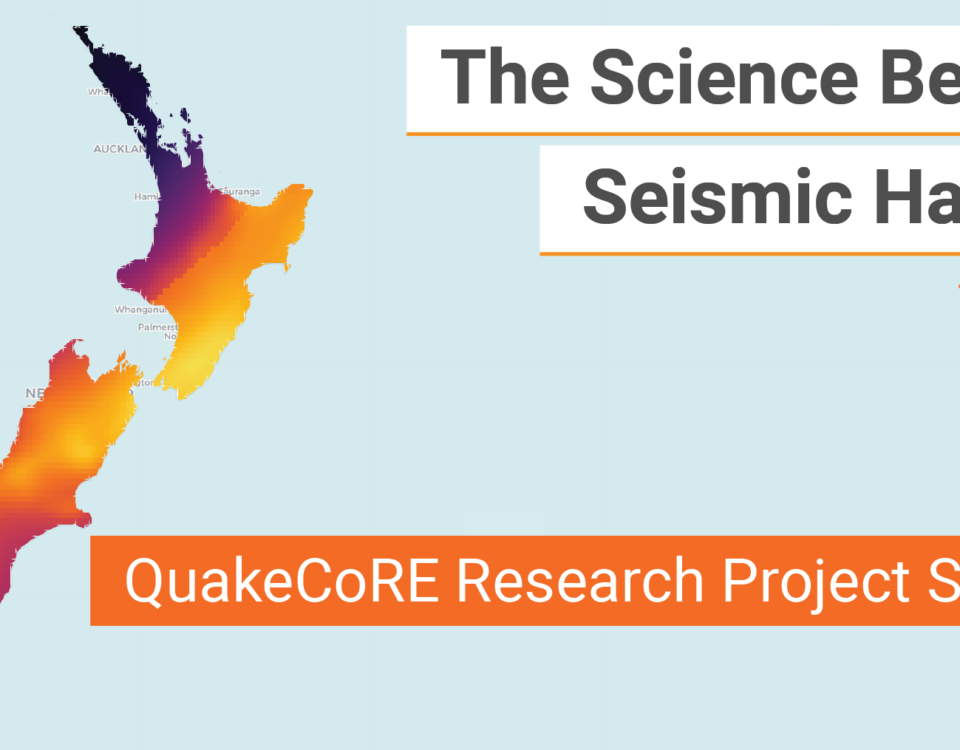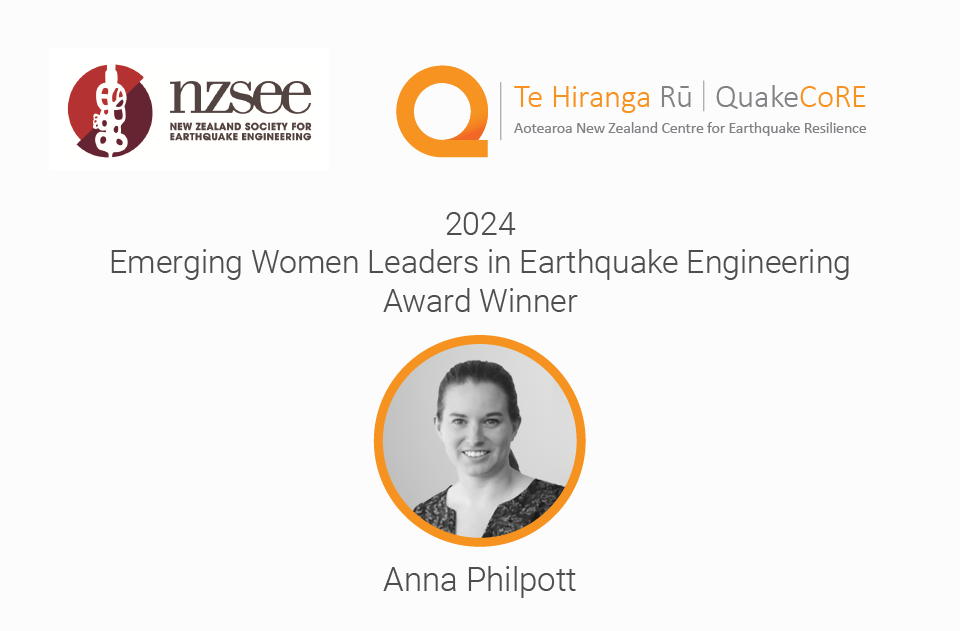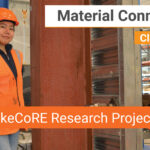
Research Project Stories: Claire Pascua
June 21, 2023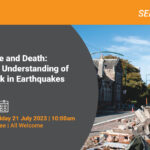
QuakeCoRE Seminar – 21 July 2023
June 28, 2023QuakeCoRE and Taiwanese research collaboration strengthens.
Programme Area Leader for Disciplinary Theme 2 (DT2): Whole-of-building Seismic Performance, Rick Henry and PhD candidate Ren-Jie Tsai (both University of Auckland) recently travelled to QuakeCoRE Affiliate Organisation, the National Center for Research on Earthquake Engineering (NCREE) in Taiwan for their first collaborative test since the onset of the Covid-19 Pandemic in 2020.
The ongoing testing aims to improve the understanding of the whole-of-building response to earthquakes which will lead to much safer wall systems within buildings. The tests were of diagonally reinforced coupling beams to examine the impact of axial restraint on the coupling beam response.
The tests are in collaboration with Professor Min-Yuan Cheng from National Taiwan University of Science and Technology (NTUST) and are currently being conducted in the NCREE lab in Taipei. This research and testing collaboration has been ongoing for several years.
Ren-Jie was formerly a NCREE researcher before heading to Auckland to undertake his PhD. Ren-Jie is researching coupled wall systems as part of Disciplinary Theme 2 (DT2) and will use the data from the coupling beams tests to assess the impact of axial restraint on coupling beams and to validate numerical models that we can extend to the entire building system.
“The tests are complex and require sophisticated control of the loading and boundary contributions to replicate the seismic actions on the coupling beam components and axial restraint from surrounding structure. The test requires simultaneous control of six hydraulic actuators. The NCREE lab is well placed to conduct these tests as they have impressive facilities and expertise to achieve the required control.”
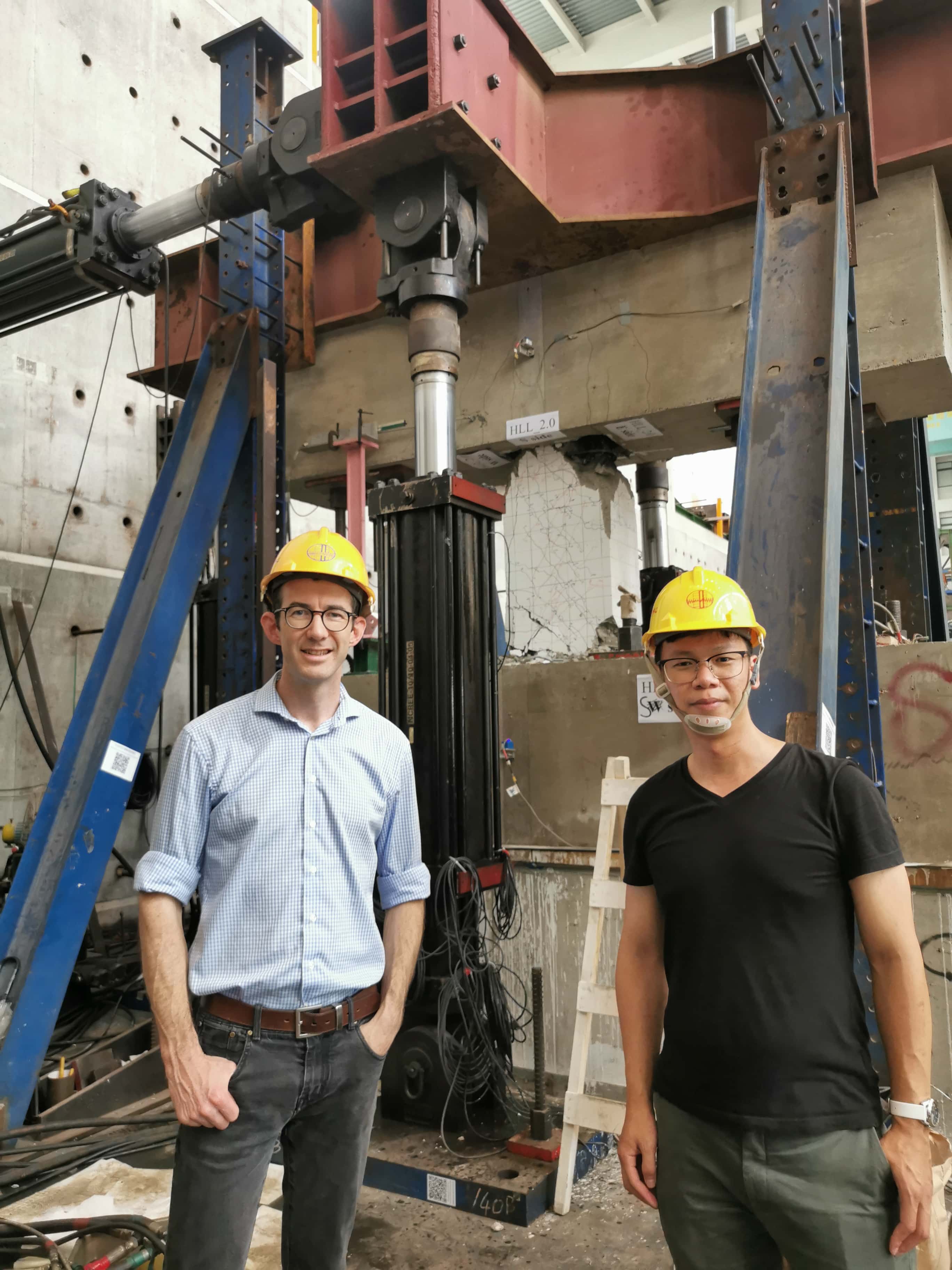
Rick Henry and Ren-Jie Tsai in front of the tested coupling beam at NCREE in Taiwan
NCREE will conduct a total of six coupling beams tests and help to quantify the coupling beam component response. Rick and colleagues are now discussing potential future tests in order to look at the entire coupled wall system.
Future large-scale testing
Discussions are underway to build upon the 2019 QuakeCoRE NCREE 7-storey building shaketable test in 2024. The proposed project would include shaketable testing of a building that implemented research outcomes from QuakeCoRE Disciplinary Theme 2 (DT2) projects. The test building would act as validation of concepts for structural systems, non-structural components, and design procedures.
The visit provided an opportunity to discuss the proposed project with NCREE personnel as well as a visit to the NCREE Tainan lab, which has one of the largest shaketables in the world.
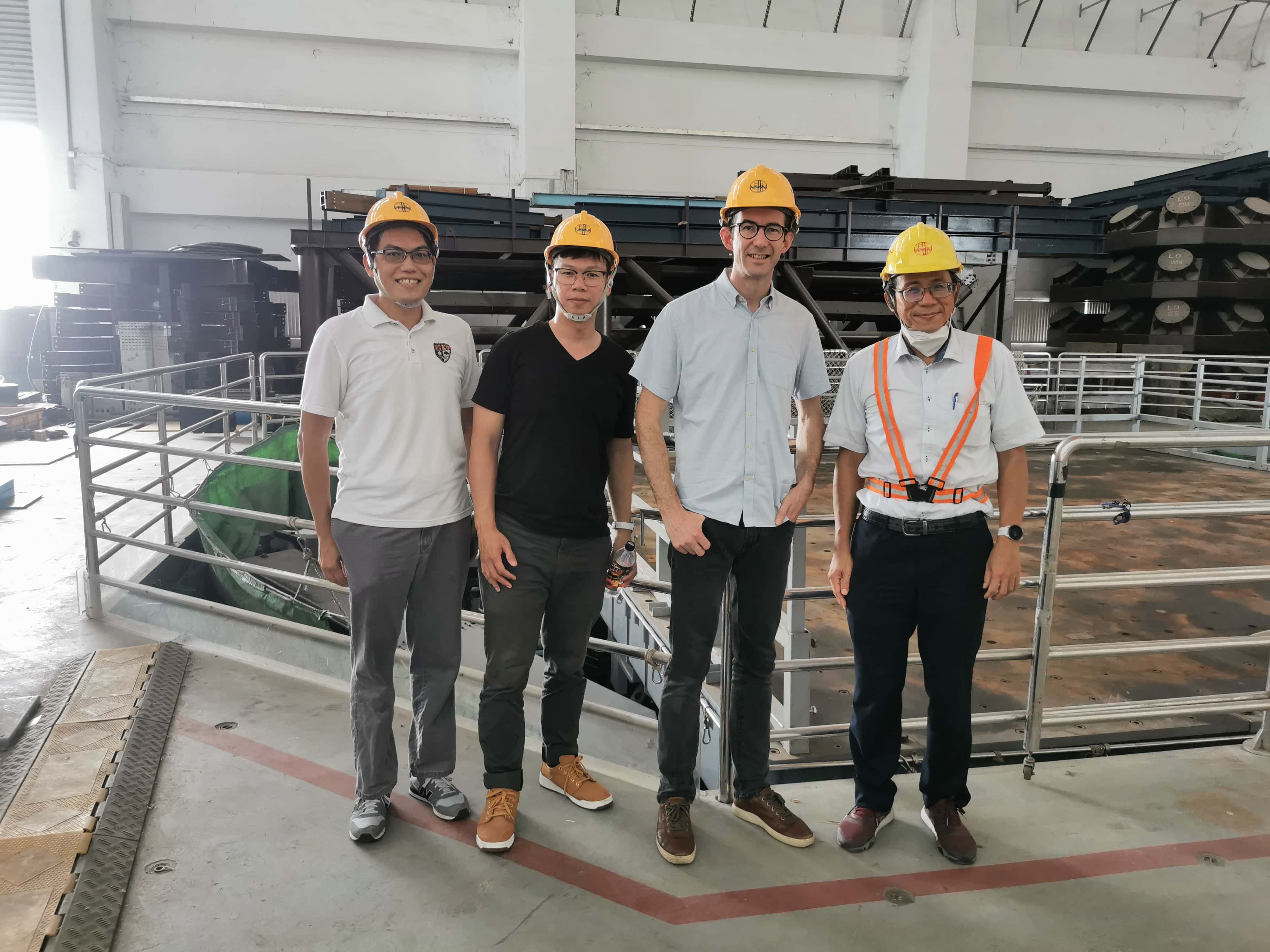
The NCREE Tainan lab shaketable facility. Left to right - Kuang-Yen Liu (National Cheng Kung University, NCKU), Ren-Jie Tsai (University of Auckland), Rick Henry (University of Auckland), Fu-Pei Hsiao (National Center for Research on Earthquake Engineering, NCREE)
The National Center for Research on Earthquake Engineering (NCREE) joined QuakeCoRE as an Affiliate Organisation in 2018. NCREE links researchers and practising professionals to build interdisciplinary knowledge and expertise using a variety of computational and experimental facilities in earthquake-related fields. NCREE’s status as a QuakeCoRE Affiliate Organisation recognises the strong ongoing collaboration between QuakeCoRE and NCREE particularly in the field of reinforced concrete structures.


